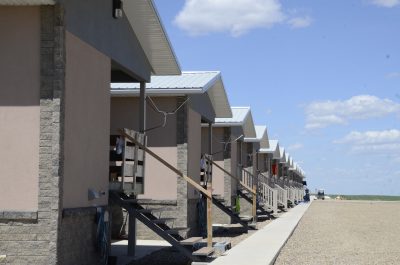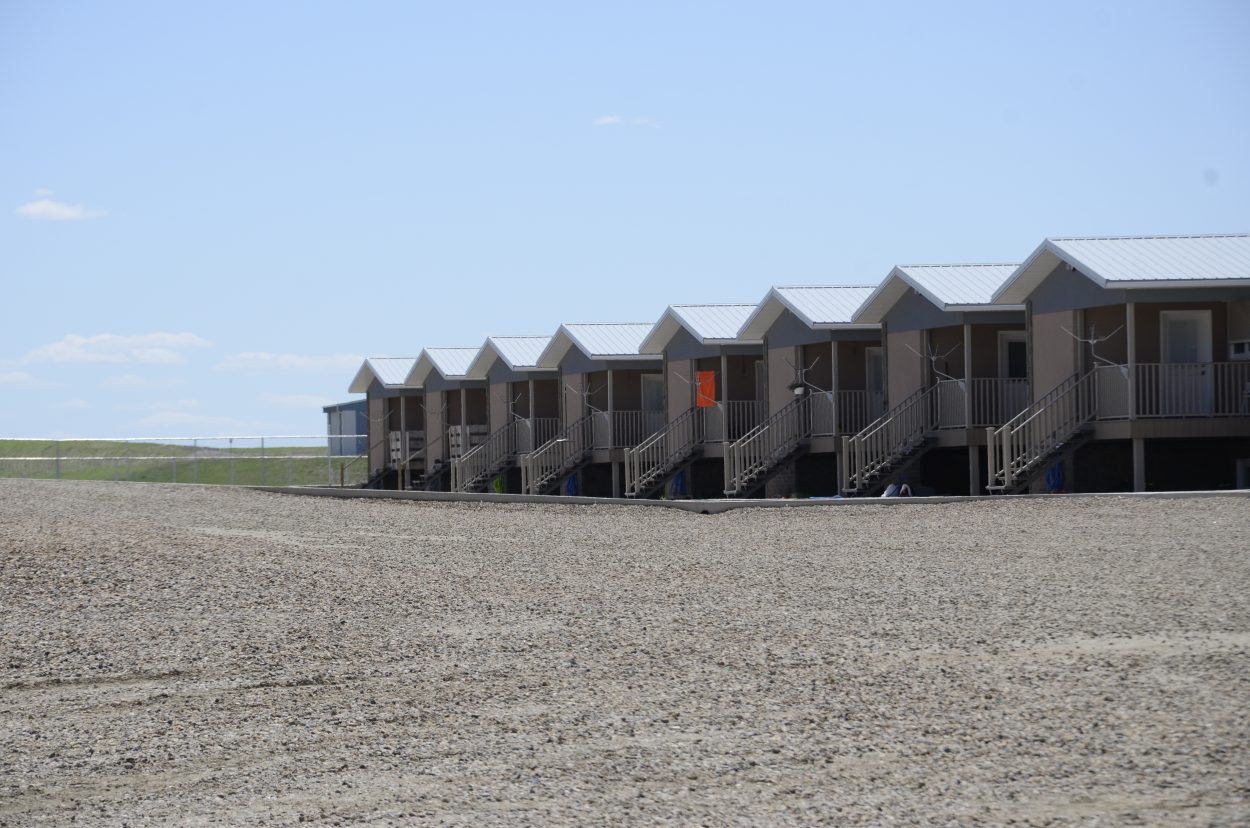Related Technologies


What do you think of when you hear the term “multi-family housing”? Is it an apartment building? Probably. Most people are reminded of apartments when they hear that term, and most people also think of poor quality construction, run-down, dirty, noisy conditions, and people who can’t afford their own homes when they hear that term, too. “Multi-family” in the form of apartments has a negative stigma to it.
While condos, townhomes, senior housing, dormitories, and any housing larger than 4 units are also considered as being “multi-family”, that same stigma typically doesn’t apply to them. The common perception is that those kinds of housing are made of higher quality materials and have more affluent occupants, but in reality, they often are made of the same materials as apartments, which is common, old, flammable, wood framing, the same materials traditionally considered as least expensive.
However, builders, developers, and architects who are “in the know” realize that they can provide high-quality projects by using high-quality materials that actually can SAVE them money! They know that MGO System’s C3 Engineered Wall System, which is also suitable for floors, roofs, decks, and even foundations, is a better choice than wood framing for many reasons, with saving money as just the beginning.
So let’s start with saving money. RS Means, the U.S.’s largest and most respected estimating company, did a side-by-side study of the costs and time required to build a 2-story house of 2×6 wood construction, and to build the same house out of panelized construction, known as SIPs or structural insulated panels. RS Means found that the panelized house was actually 55% faster to build and 41% less expensive in terms of labor costs. Now, that’s how to save money.
But what about quality? That’s what people want and they’ll often pay more to live in a quality environment, but won’t quality cost more? Yes, high quality may have a higher initial cost or material cost but the benefits of time-saving, longevity, labor savings, operating savings and safety should far exceed the initial differences. Then it becomes a question of how much more quality can you afford and where can you get the best value for your money? The answer to that question depends upon many factors, but it’s very true that MGO System’s many clients are living testaments that they’ve done their homework and that their math proves that purchasing quality panels from MGO Systems is the right choice.

People choose to live in multi-family buildings for a variety of reasons. Often it’s an economic decision where renting or leasing an apartment space is more attainable than buying a single-family home, whether it’s a short or long term decision. People also frequently choose multi-family living as a convenience and life-style choice for several reasons. It could be that one prefers living closer to work or where there are more restaurants and nightlife opportunities. It could be a desire to avoid the upkeep required in single-family homes, choosing multi-family housing where the “yard,” if any, maintenance and exterior painting work is done by somebody else. Or perhaps someone prefers the more significant opportunities for socializing and forming long term relationships with others, such as is at the heart of cohousing developments, which are usually smaller-scaled communities formed, planned, built, and operated by groups for themselves. In the past several decades, there has also been a trend that is counter to “suburban sprawl” where people are returning to live in the city centers and where often multi-family living is the only available kind of housing. Regardless of the reasons, given the choices available, people still want to live in a safer, cleaner, and higher quality environments and to get the most value for their money.
So, what are the differences in value when it comes to construction? What are the safety, health, quality, and other differences between the materials used in conventional wood (“stick”) framing and those used in panelized construction from MGO Systems, and what is most appropriate for multi-family housing? The answers to why C3 Engineered Wall, Floor, and Roof System is of higher quality are numerous, including:
· More durable – if you hit the C3 panel with a hammer, it’ll make a loud noise and you may dent it, but you won’t punch a hole in it nearly as easily as you will with drywall.
· Safer – The C3 (Cast Cement Composite) material can resist a blow torch directly on its face for an hour with no significant damage. Drywall fails in 20 minutes. A wood-free C3 System is noncombustible and has a Flame Spread Classification of zero and a Smoke Developed Classification of zero.
· Healthier – The C3 panel has no off-gassing and the C3 material is a natural fungicide and will not support mould or mildew, even when wet. The paper facing of drywall becomes a food source for mould as soon as the water is added.
· Quieter – The C3 material is denser than drywall and has a 20% better resistance to sound.
· Stronger – The C3 panels act like box beams and have structural properties much greater than drywall and stud partitions alone can provide.
· Thermally Superior – The C3 panel system uses fewer studs and more continuous insulation, so the effective R-Value of an R-25 wall is indeed R-25 (R-29 at colder temperatures) while conventional stick-framed walls typically only have an effective R-Value of 12.5 to 20, even when designed to be an R-25 wall.
· Insect-free – A wood-free C3 System has no food source to attract insects.

The higher quality of the C3 System is undeniable. Plus the C3 system has been proven to be faster and less expensive to erect than conventional framing. When one designs a multi-family project using C3 panels, then one is able to bring higher quality to the design while saving money in the process. So, multi-family no longer has to mean poor quality and poor living conditions. Instead, savvy builders, developers and architects are leveraging the higher quality into higher returns on their investments by creating more attractive environments in the process.
They’ve learned that cutting corners to make more profit is the wrong approach. The right approach is designing and building intelligently, capitalizing upon the technology that MGO Systems develops and provides, and in creating solutions that are more in-demand and profitable as a result.
Whether the housing is multi-family, single-family, or even some other kind of living just being invented, obtaining the best value for one’s money will always be a very high priority with most people. Considering safety, health, performance, and speed, if one knows the differences between conventional construction and what can be obtained with the C3 Engineered Wall System, the decision should be easy. The “Better Way to Build” offered by MGO Systems makes most other kinds of structures simply obsolete.
Further proof of the points made in this article is readily available from your MGO Systems representative by calling 587-885-1189 in Canada, 760-318-5840 in the US, emailing to [email protected], or by going online at www.mgosystems.com. Learn more so you too can make the right decisions. You’ll be glad you did.

|
No Results
|
|
No Results
|
Are you sure you want to do this?
